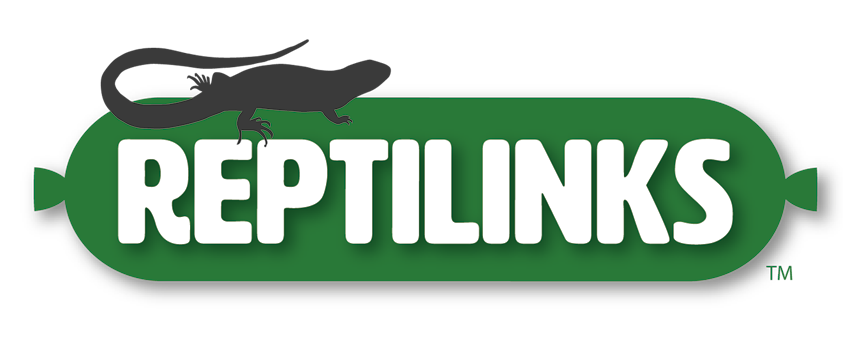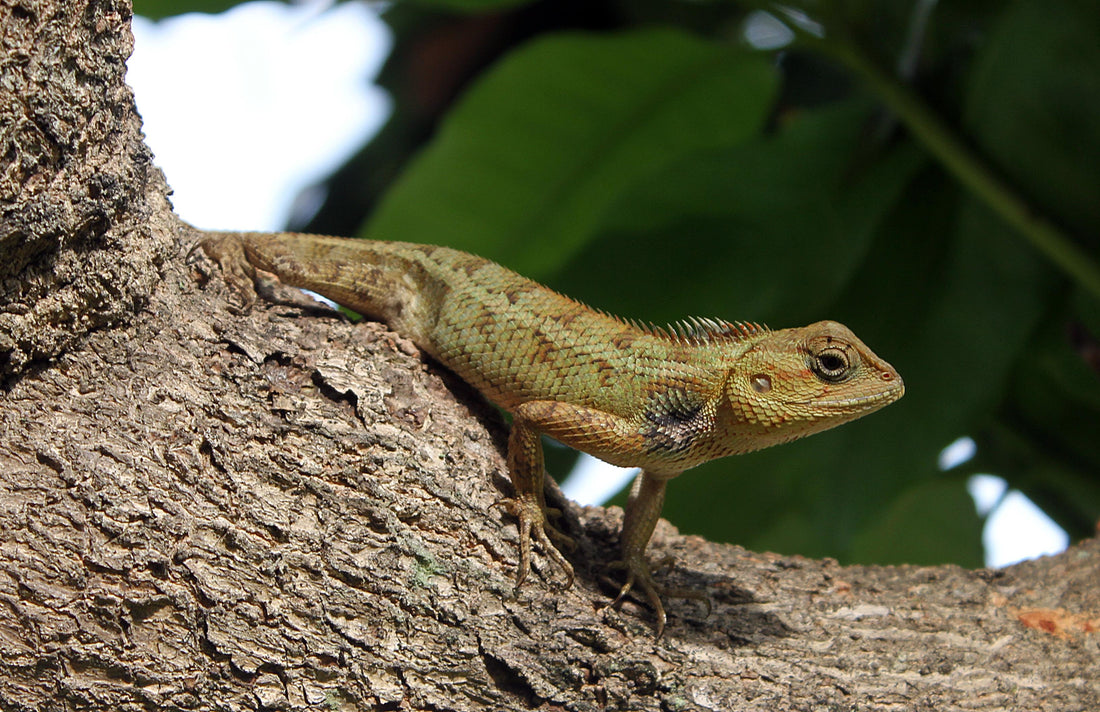Herping can be an exciting hobby—but it’s not unusual to find yourself lost in message boards and buy/sell groups full of terminology you’ve never heard before (like “herping” from the start of this paragraph!). Don’t let all the verbiage temper your enthusiasm; in reality, many of these terms are easy to understand, and you may even find that they help you to make more informed choices about your animals and the way you take care of them.
Whether you’re focusing on reptile breeding or you simply love watching your aquarium of dart frogs as they go about their day, it’s useful to stay in the know about the most common terms you’re likely to find in the hobby. Here’s a good place to get started.
CB, CBB, LTC, and WC
Those who have purchased an animal from a breeder or on a classified forum may have encountered CB, CBB, LTC, and WC among the possible descriptors of the animal. These terms all describe where that animal came from. WC means “wild caught”—in other words, a specimen that was collected from its natural habitat. Wild caught can sometimes be the only way to acquire an animal if captive breeding efforts haven’t been successful, but keep in mind issues such as poaching and a WC’s exposure to parasites when selecting these pets.
A CBB animal is “captive born and bred.” This means that the animal was born in captivity from parents that were held in captivity themselves. This is what many people consider to be the “ideal” animal, because it has never had contact with its wild habitat.
CB animals, in contrast, are much closer to their wild habitats. A “captive born” reptile has been born in captivity—either from a parent that was wild caught or from eggs that were harvested from the wild (which is called CH, or captive hatched). CB animals can threaten native populations in the same way that WC can, depending on species.
A LTC, or long-term captive, is a wild caught animal that has been cared for in captivity for a long time. This can be useful for identifying specimens that are clear of the risk of WC parasites and have adapted to the captive lifestyle.
1.0, 0.1, and 0.0.1
Another descriptor common in ads or from breeders, these numerical terms describe the sex of an animal. The space before the decimal point indicates the number of males, and the space afterward describes the number of females. Thus, a 1.0 means that there is one male available. Similarly, 2.3 would mean that there are two males and three females.
Sometimes, a person might not know what sex their animal is, either because it is too young to tell or because it has not proven to be one or the other. In this case, they may describe the animal as 0.0.1—in other words, “not male, not female, unsure.” If someone has just had an entire clutch of 12 eggs hatch, they may describe it as 0.0.12 until they are able to sex the babies.
F/T and F/K
When feeding an animal, some will respond well to frozen food that has been brought to room temperature, and others only eat live food. Many hobbyists will describe these habits using the terms F/T (frozen-thawed) and F/K (freshly killed). Thus, when a person says their pet is on one F/T rat per month, they are eating one frozen, defrosted rat each month. A freshly killed prey item has never been frozen.
In this sense, Reptilinks could be considered a F/T meal, because the links can be stored for the long term in the freezer and then defrosted like a regular prey item before mealtime! They are made of ground whole prey—which is a F/T item ground into an accessible link shape.
F1, F2, Etc.
Those who are looking for animals that have been produced in captivity (CBB) may also be interested in knowing how that genetic line developed. F1, or filial 1, refers to an animal that is the first generation produced from a set of parents. F2 is the generation produced by F1 parents. Thus, as the F number increases, the longer history an animal has of being produced through the traced captive bloodline.
MBD, IBD, and RI/URI
One of the main reasons that a reptile hobbyist might do online research once they already have their animal is to explore why it might be behaving the way that it is. Commonly, a reptile keeper’s first instinct is to search the internet if they think their animal might be getting sick to see if the issue is severe. In the course of doing this research, you’ll likely come upon terms such as MBD, IBD, and RI or URI.
MBD stands for metabolic bone disease—one of the most common issues that captive reptiles face. When a reptile is not provided with enough calcium and other nutrients (like vitamin D), its bones can become soft and fragile. Animals suffering from MBD might break bones more easily, and the first sign keepers often notice is abnormalities in the bone structure, such as kinks in the animal’s tail or spine.
Inclusion body disease, or IBD, is a frequently diagnosed illness specific to boid snakes. It affects the central nervous system and can lead to a behavior called star-gazing, in which the snake looks upward for long periods of time with no other movement. Due to the degradation of nervous control, most snakes with IBD pass away quickly, and it is highly contagious and transmissible.
While both MBD and IBD are regular occurrences in the exotic vet office, perhaps the most common of all captive reptile illnesses is the URI, or upper respiratory infection. Sometimes just called an RI (respiratory infection), this condition causes difficulty breathing, bubbling at the mouth or nose, wheezing, and lethargy. It may arise from husbandry conditions that are not appropriate, such as humidity too low or too high.
UTH, RHP, and CHE
To combat husbandry-related health issues, keepers must decide which types of substrate, lighting, and heating their animal needs. UTHs, RHPs, and CHEs are common choices.
UTHs, or under-tank heaters, are often sold in pet stores in the form of heat mats. While some species benefit from belly heat like this, most UTHs are not suitable for the species with which they are sold in pet stores, and when used improperly, UTHs can pose a significant risk of both burns and fires.
RHP is the abbreviation for a radiant heat panel, which is a heat-emitting device installed on the ceiling of an enclosure. It is not usually hot to the touch, but it produces warm temperatures without emitting light. RHPs can be good options for animals that live in dark areas, but they should always be attached to a temperature control thermostat.
CHEs, or ceramic heat emitters, are another no-light option for heat. These devices screw into sockets just like light bulbs, but they emit only heat. Be careful, as they are extremely hot to the touch!
Cohabbing
Most reptiles thrive best when living on their own. However, occasionally, species naturally develop the tendency to live in groups. Examples such as Egernia stokesii (gidgee skinks) and Corucia zebrata (prehensile-tailed skinks) form family or social groups and benefit from doing so in captivity as well. Cohabitation, or cohabbing, is the process of setting multiple reptiles up in the same enclosure. It is only recommended for species that display this behavior in the wild!
Locking, Sexing, and Gravid
Not everyone keeps reptiles for the purposes of breeding. Sometimes it happens on its own, and sometimes it’s the goal—but either way, hobbyists might experience their animals locking, or engaging in mating behavior and temporarily become locked together. Once the process is complete, they will separate.
If a lock has been successful and the female is pregnant, keepers will tend to use the term “gravid,” which is more commonly associated with reptiles because it originated as a way to specifically describe an animal carrying young that are housed in eggs. However, even live-bearing species can be said to be gravid.
The process of determining whether your animal is male or female is called sexing. Some animals may evert hemipenes or drop unfertilized egg sacks (called slugs) as a method of sexing, while others can be sexed manually. Never attempt this if you do not have the proper experience, as you may harm the animal.
Blue
When a reptile is said to be blue or “in blue,” keepers are describing how the animal’s body changes immediately before a shed. The scales will become dull and gray, contributing to this blue hue that is associated with the skin separating from the layer underneath in preparation for sloughing off. In snakes, the eyes will become very cloudy before resolving back to clear, usually on the same day as the shed or the day before.
Hot
Exotic keepers come in all shapes and sizes, and a few are even interested in housing, breeding, or handling venomous animals. If an animal can envenomate a person, that animal is called a “hot.” Most people only use “hot” to describe animals that can harm humans with potent or even fatal venom, but even animals that do not typically cause lethal reactions (such as the false water cobra or gila monster) are sometimes labeled as hots.

